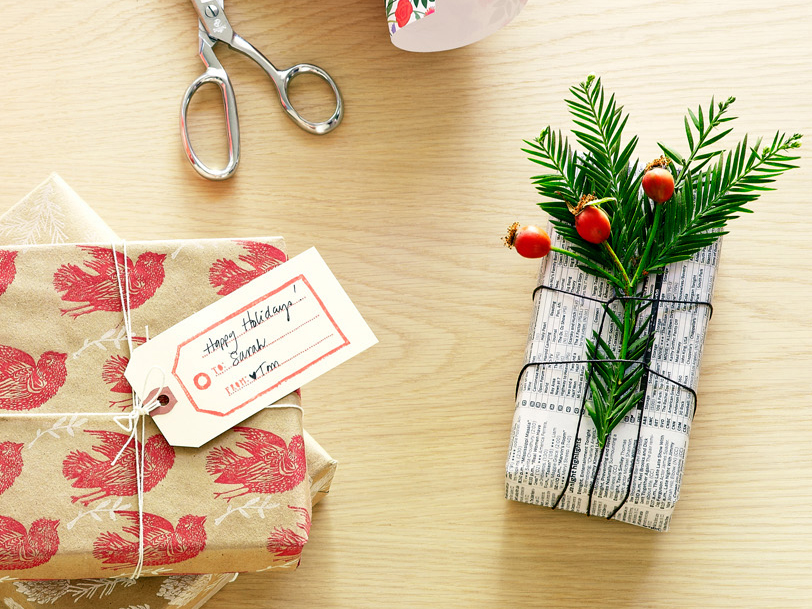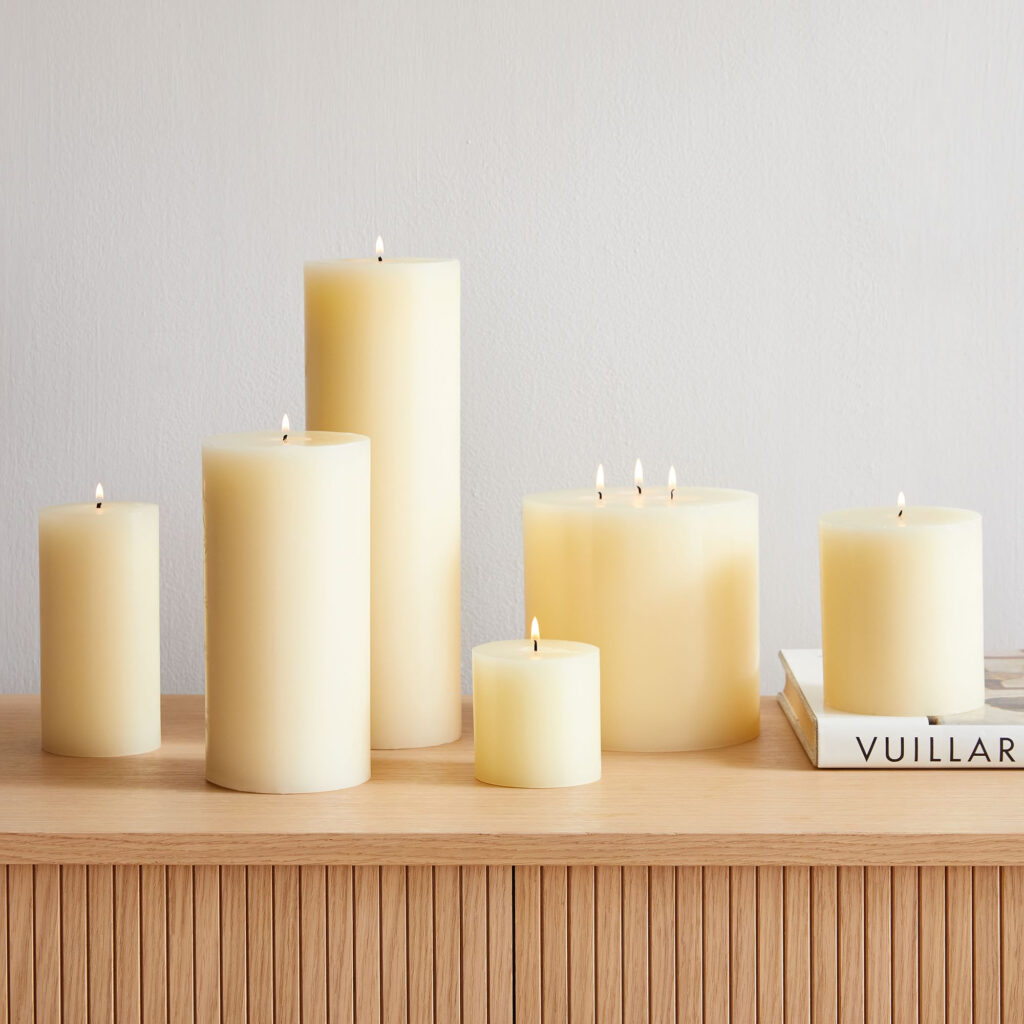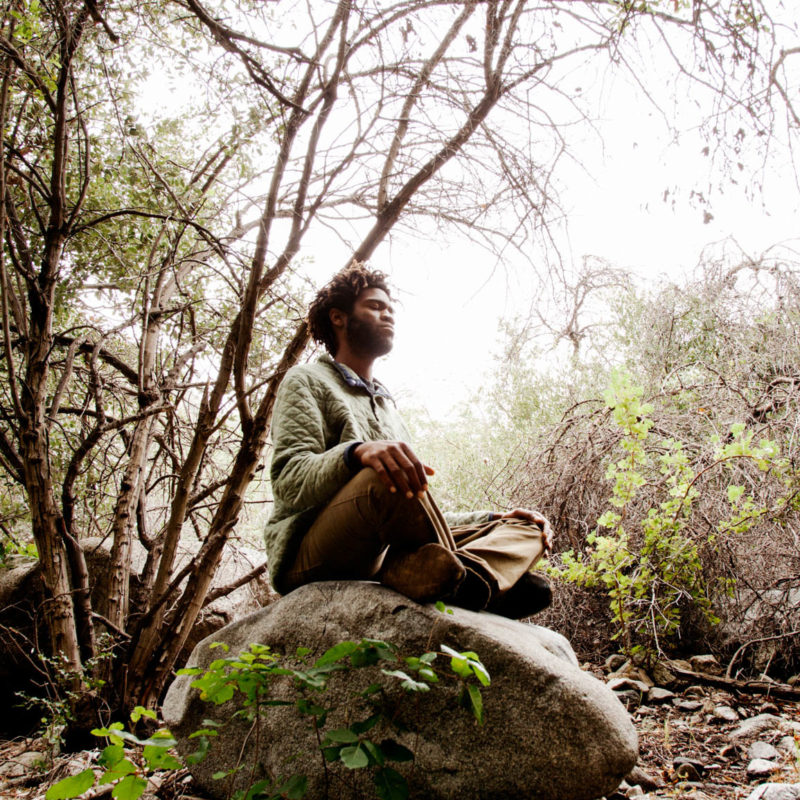
How to Celebrate the Winter Solstice, the Shortest Day of the Year
From a yule log to an evergreen wreath, honor the change of seasons on December 21 with these ancient rituals that just might resemble the holiday traditions of today.
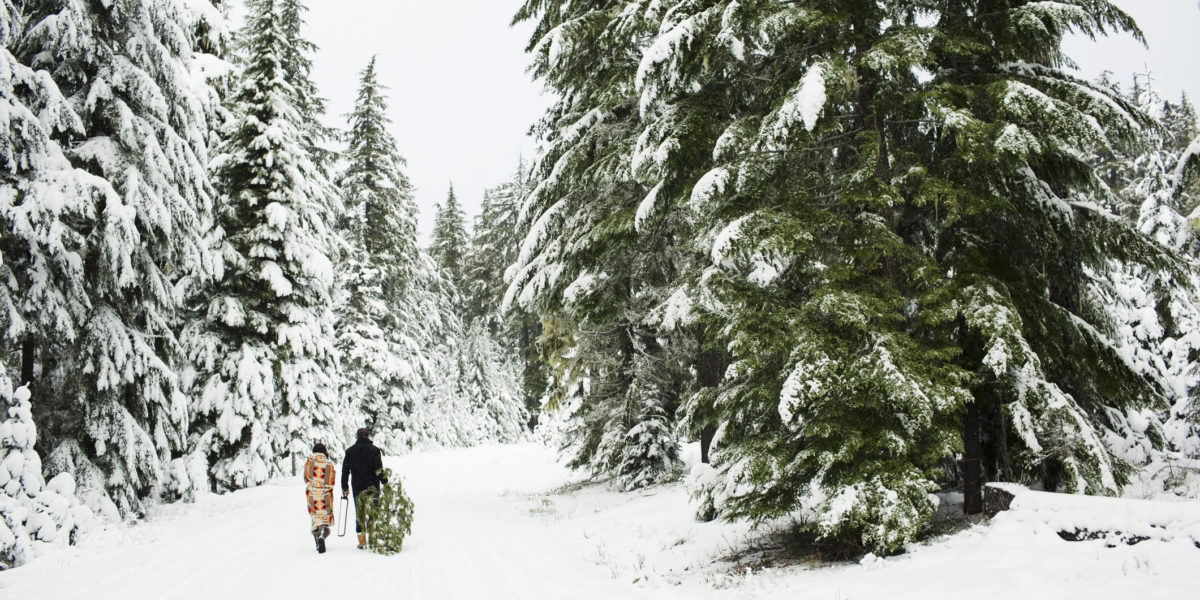
The shortest day of the year, Dec. 21, is around the corner, marking the end of fall and the official start of winter. The winter solstice is an ancient pagan holiday known for rituals and traditions that celebrate nature and setting one’s intentions for the coming season. Curious how to celebrate? Here are some customary ways to celebrate the solstice—you might notice that some resemble beloved Christmas traditions.
Build a Yule Altar
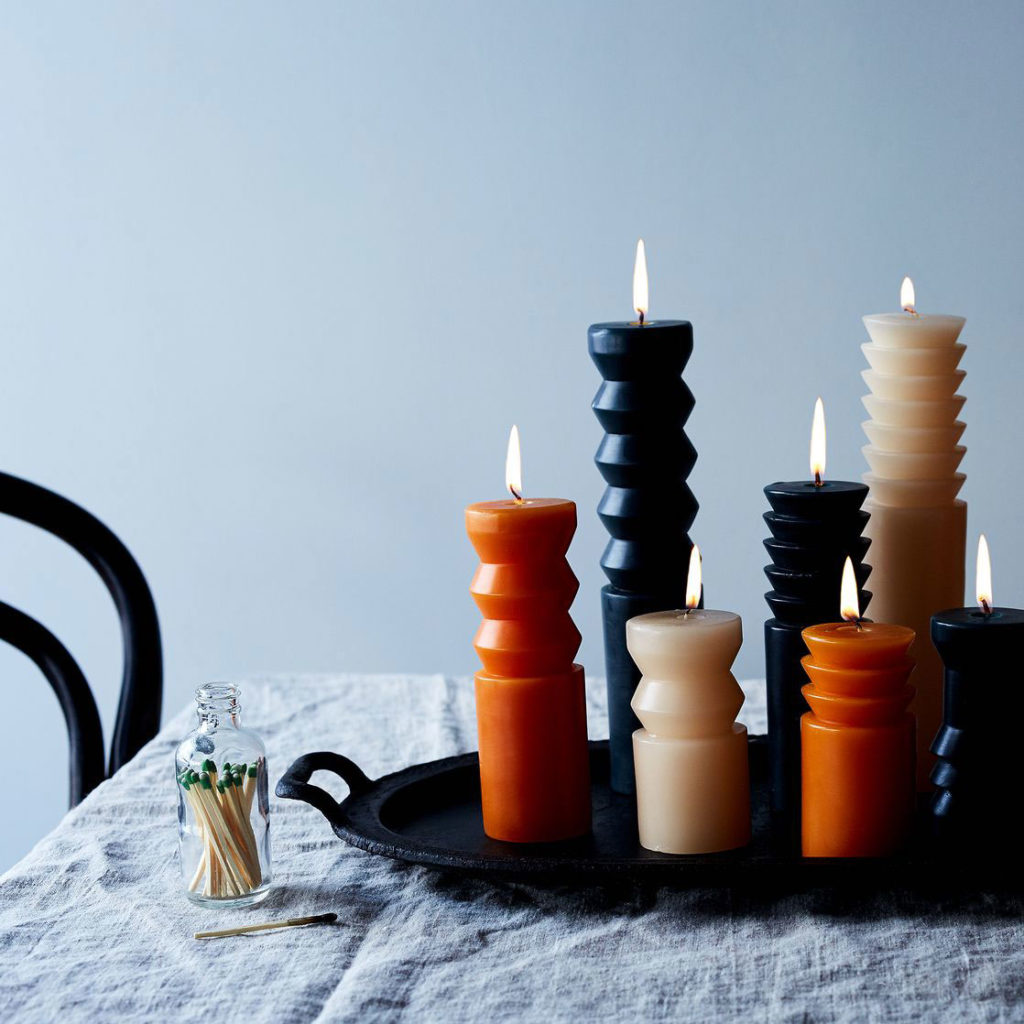
Courtesy of Food52
An iconic part of the winter solstice is the yule altar. The purpose of the altar is to honor the return of the sun, so one of the most important items is a candle that symbolizes the sun—ideally a golden-, silver-, or yellow-hued candle. Fill the altar with symbols of winter like pinecones, evergreen boughs of fir and cedar, and wreaths, and you can even add a yule log as a finishing touch. Make sure to cleanse the altar with sage or sweetgrass.
Make an Evergreen Yule Wreath

Seth Smoot
Whether it’s for your yule altar or just for your doorway, building a wreath using winter evergreens like pine, fir, juniper, and cedar is a classic way to honor the season. In ancient pagan cultures, evergreens were associated with protection and prosperity, making them popular choices for celebrating the end of the year and the beginning of winter.
Burn a Yule Log
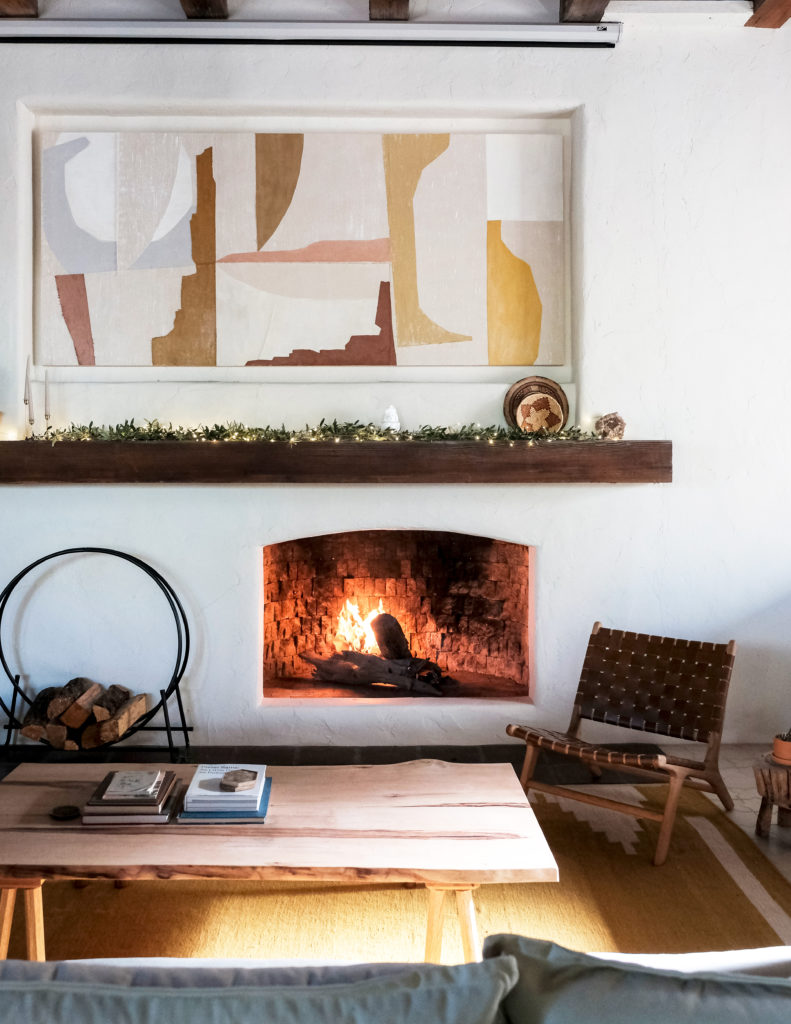
Thomas J. Story
Historically, the burning of the yule log was a Nordic tradition, where a whole tree (not just a log!) was brought into the home to burn for the entire 12 days of Christmas. Keep it safe in the modern era with a mini log for your hearth. No fireplace? Queue up Netflix’s “Fireplace For Your Home” video instead to recreate the experience—or bake your yule log instead.
Decorate a Yule Tree
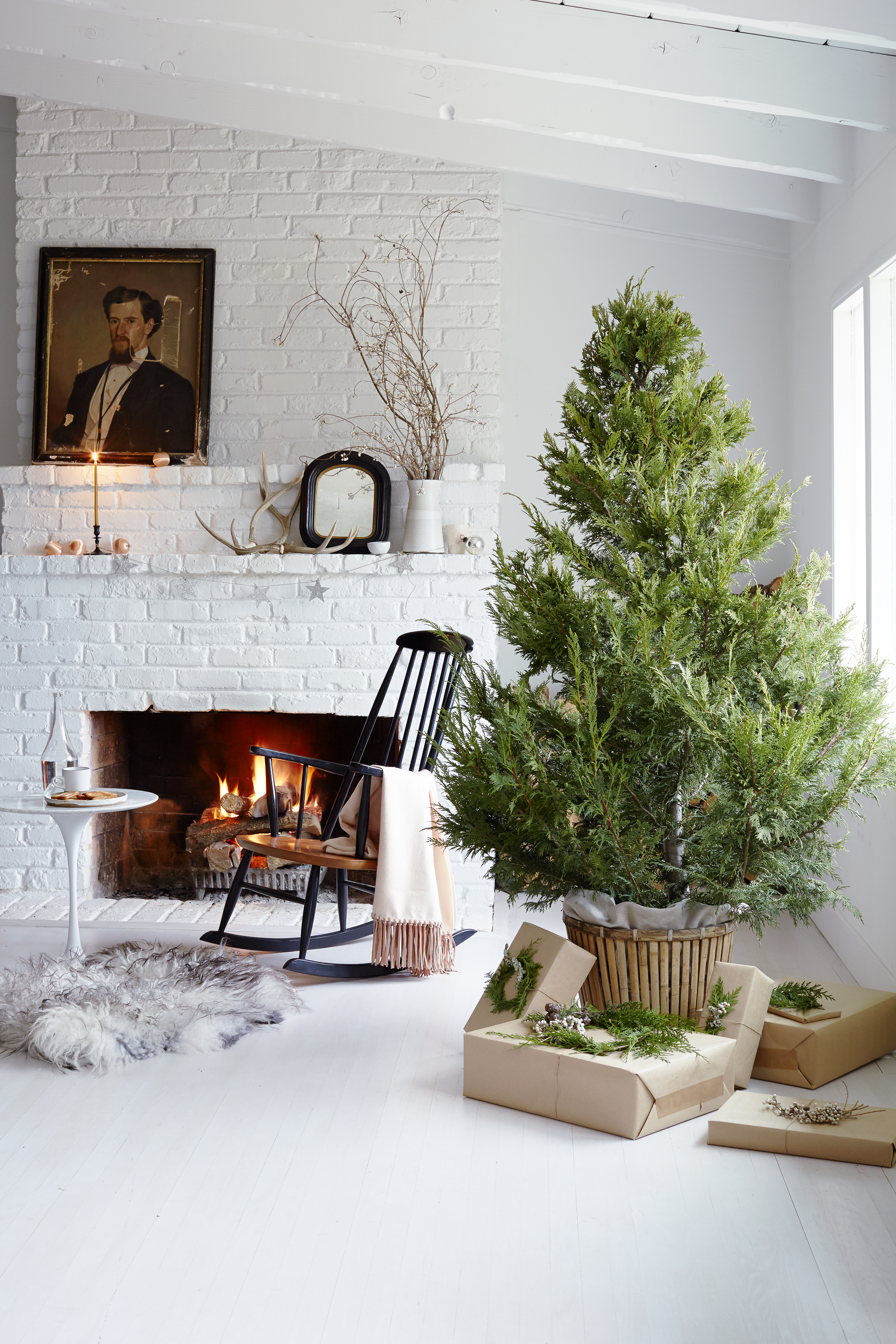
Seth Smoot
Sounds familiar, doesn’t it? If you have one, you’ve likely already decorated your Christmas tree by Dec. 21, but in the old pagan traditions, Yule trees were actually living outdoor trees that were decorated with hanging candles. The candles and any added ornaments were meant to symbolize the sun, moon, and stars, as well as remembrances of loved ones that were lost.
